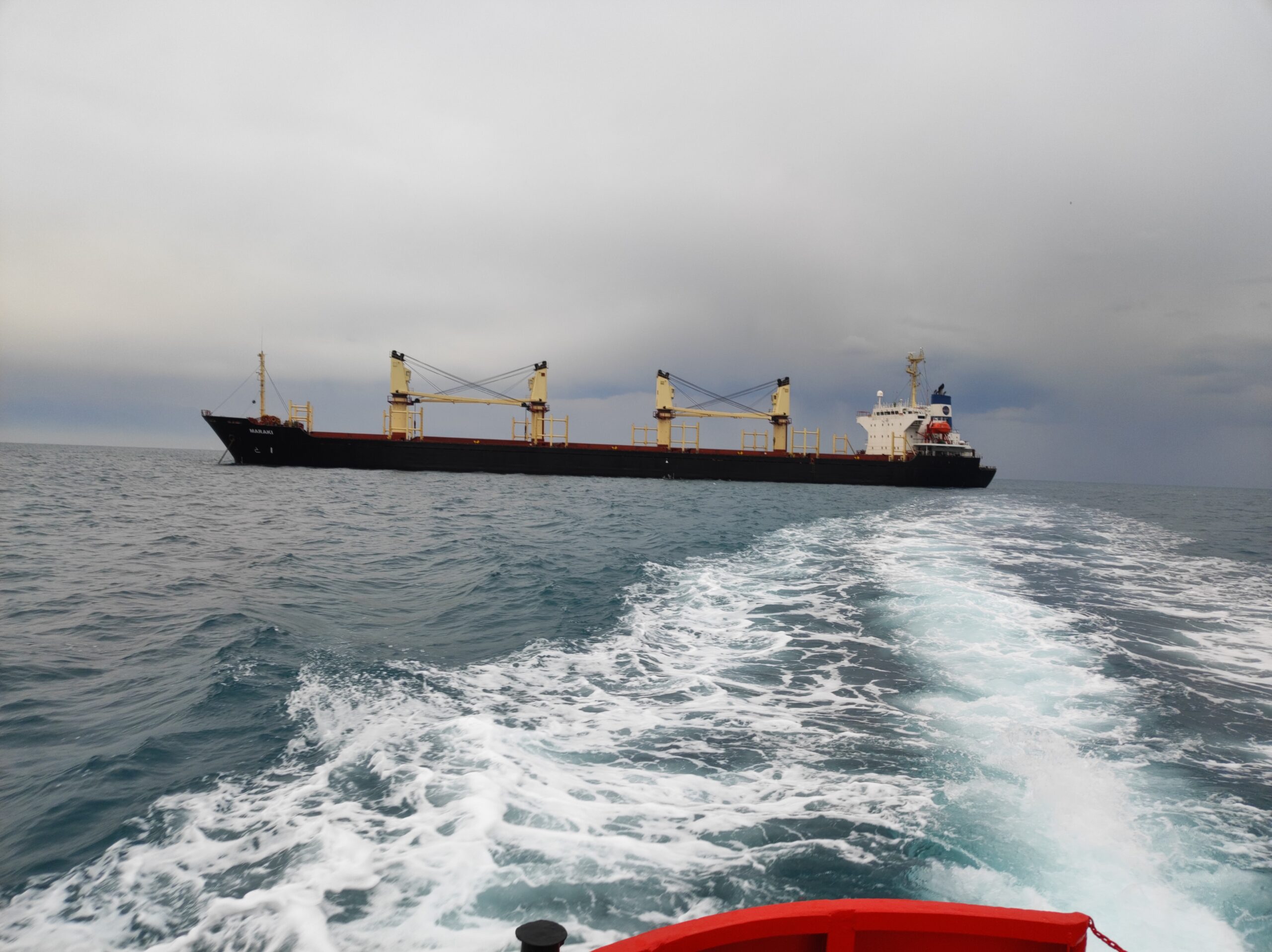Ship Charterer Definition: Roles, Responsibilities, and Charter Types
A ship charterer is a company or individual that leases a vessel from a shipowner to transport goods or passengers. This guide explains their role, charter party agreements, and types of charters (voyage, time, bareboat) for maritime professionals and enthusiasts.
Who is a Ship Charterer? Key Responsibilities
A ship charterer’s role extends beyond hiring vessels. They:
- Secure Cargo: Ensure cargo aligns with LayCan (Laydays + Cancelling Date) timelines.
- Manage Costs: Pay freight/hire fees and operational expenses (varies by charter type).
- Comply with Agreements: Adhere to terms outlined in the charter party contract.
Types of Charter Agreements: Voyage, Time, and Bareboat
1. Voyage Charter
- Scope: Single voyage between specified ports.
- Responsibilities:
- Shipowner: Provides vessel, crew, and covers operational costs (fuel, port fees).
- Charterer: Pays freight per cargo ton; may cover discharge costs.
- Control: Shipowner manages navigation; charterer has limited control.
2. Time Charter
- Scope: Vessel leased for a fixed period (days/years).
- Responsibilities:
- Shipowner: Covers crew wages, maintenance.
- Charterer: Manages voyages, pays hire rate + fuel/port fees.
- Control: Charterer directs routes within trading limits.
3. Bareboat Charter
- Scope: Long-term lease (years); full operational control.
- Responsibilities:
- Charterer: Manages crew, maintenance, compliance.
- Shipowner: Receives hire payments; no operational involvement.
- Control: Charterer acts as temporary “owner.”
Essential Terms for a Binding Charter Party Agreement
A legally enforceable contract requires clarity on:
- Key Terms: Loading/discharge ports, cargo quantity, freight rates, vessel specifications.
- Gap Resolution: Courts may imply terms (e.g., reasonable freight rates) if agreements are incomplete.
- Enforceability: Vague or open-ended terms risk invalidation.
Legal Precedents
- Courts enforce contracts with objective resolution methods (e.g., industry standards).
- Example: Hillas & Co Ltd v Arcos Ltd (1932) highlights the need for clear terms.
Charterer’s Economic and Operational Impact
- Cost Management: Negotiating freight rates, optimizing cargo logistics.
- Risk Mitigation: Ensuring cargo safety, adhering to LayCan deadlines.
- Compliance: Meeting ISM Code, SOLAS, and MARPOL standards.
FAQ: Ship Charterer Basics
Q: What is the difference between a voyage and time charter?
A: Voyage charters cover single trips; time charters lease vessels for fixed periods.
Q: Who pays for fuel in a time charter?
A: The charterer covers fuel; shipowners handle crew and maintenance.
Q: Can a charter party be amended?
A: Yes, via addendums signed by both parties (e.g., GENCON 2022 clauses).
Why Charter Party Clarity Matters
- Avoid Disputes: Clear terms prevent conflicts over delays, demurrage, or cargo damage.
- Legal Protection: Enforceable contracts safeguard shipowners and charterers.
- Operational Efficiency: Streamlined logistics reduce port turnaround times.
Conclusion: Navigating Maritime Chartering
Understanding ship charterers’ roles and charter types is vital for efficient global trade. Whether opting for voyage, time, or bareboat charters, prioritize:
- Clear charter party agreements.
- Compliance with maritime regulations.
- Collaboration with experienced brokers or legal advisors.




